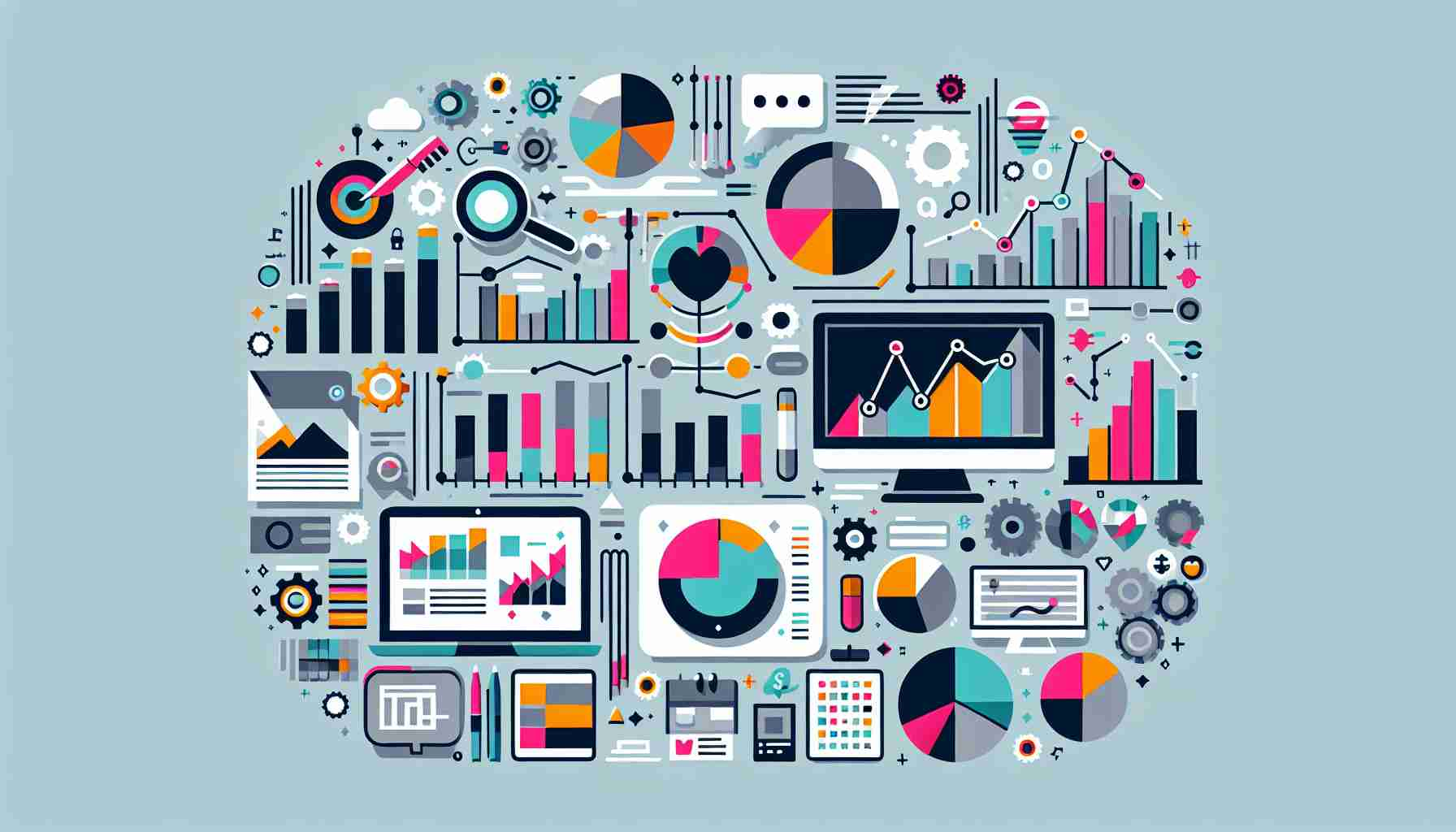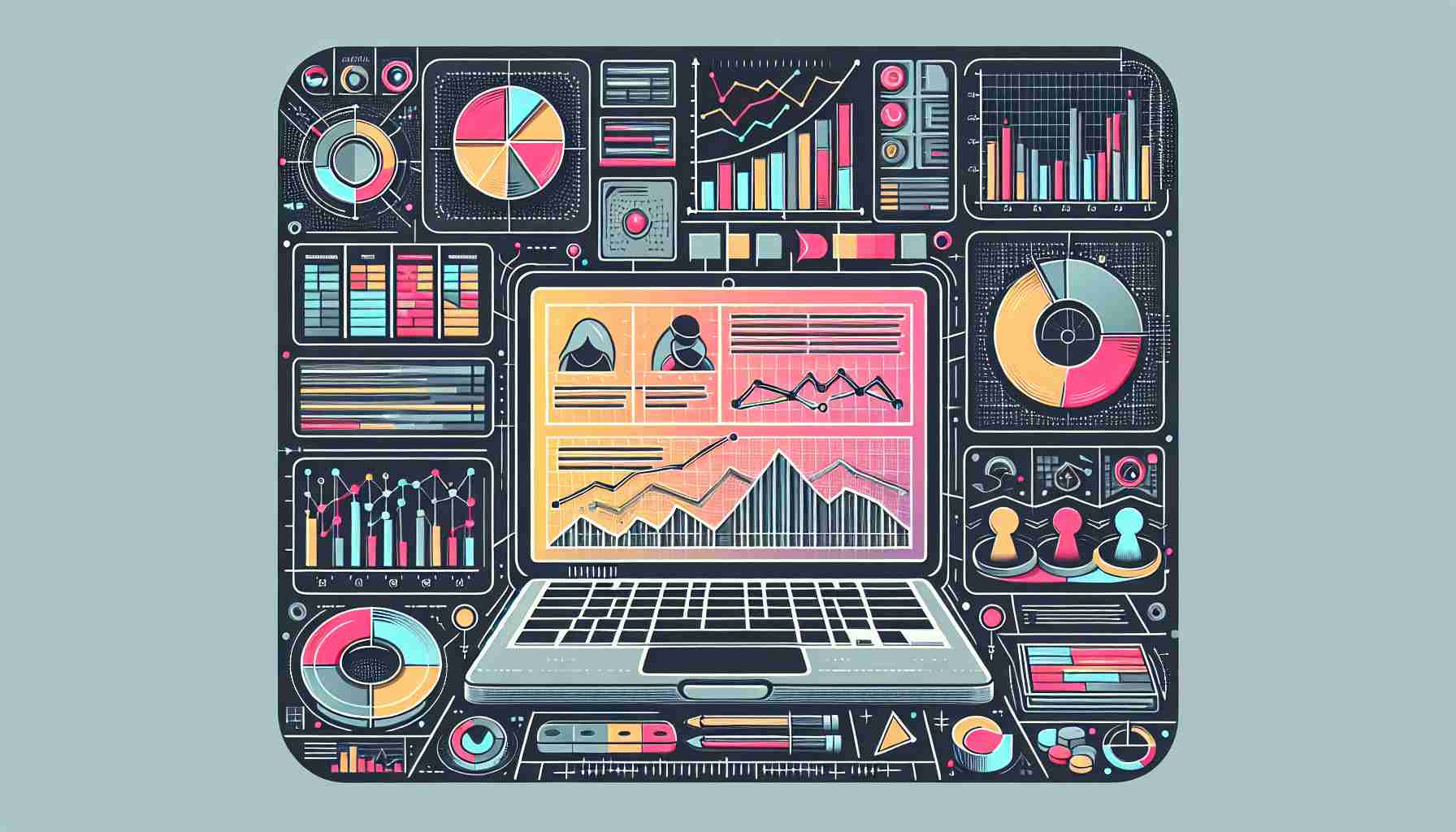Descriptive Analytics A Comprehensive Guide

Descriptive Analytics Briefly Summarized
- Descriptive analytics is the process of analyzing historical and current data to identify trends, patterns, and relationships.
- It involves the use of statistical techniques to interpret raw data, providing a clear understanding of what has happened or is happening.
- This form of analytics answers the fundamental question: "What happened?" and is often the first step in data-driven decision-making.
- Descriptive analytics is foundational for further analysis types, such as predictive and prescriptive analytics, by providing context and insights into past events.
- It is widely used across various industries for reporting, summarizing, and visualizing data to inform business operations and strategy.
Descriptive analytics is the cornerstone of business intelligence and data analysis. It provides organizations with the ability to understand their past and present situation through data interpretation and helps them make informed decisions based on that understanding. In this comprehensive guide, we will delve into the intricacies of descriptive analytics, its processes, and its significance in the realm of data analysis.
Introduction to Descriptive Analytics
The concept of analysis has been around since the time of Aristotle, serving as a method to gain a better understanding of complex subjects by breaking them down into smaller components. In the context of data analysis, descriptive analytics plays a similar role by dissecting historical data to reveal insights and inform business decisions.
Descriptive analytics is the examination of data to answer the question "What happened?" This form of analytics takes raw data and transforms it into an understandable format, allowing individuals and organizations to discern patterns and anomalies that may not be immediately apparent.
The Process of Descriptive Analytics
The process of descriptive analytics can be broken down into several key steps:
- Data Collection: Gathering current and historical data from various sources.
- Data Processing: Cleaning and organizing the data to ensure accuracy and consistency.
- Data Analysis: Applying statistical methods and techniques to interpret the data.
- Data Visualization: Presenting the data in graphs, charts, and dashboards for easier comprehension.
- Reporting: Summarizing findings and insights in a format that can be shared and acted upon.
The Role of Descriptive Analytics in Business
In the business world, descriptive analytics is used to create a snapshot of past performance and current conditions. This snapshot can include sales numbers, financial reports, customer behavior, and operational efficiency. By understanding these metrics, businesses can identify strengths, weaknesses, opportunities, and threats within their operations.
Tools and Techniques in Descriptive Analytics
A variety of tools and techniques are employed in descriptive analytics to extract meaningful information from data:
- Statistical Analysis: Techniques such as mean, median, mode, and standard deviation are used to summarize data points.
- Data Mining: Extracting patterns from large datasets using methods like clustering and association.
- Data Visualization: Tools like Tableau, Power BI, and Excel are used to create visual representations of data.
- Reporting: Generating detailed reports that provide insights into business metrics and KPIs.
Applications of Descriptive Analytics
Descriptive analytics finds its application in numerous fields, including:
- Retail: Understanding customer purchasing patterns and inventory management.
- Finance: Analyzing past market trends and portfolio performance.
- Healthcare: Tracking patient outcomes and treatment effectiveness.
- Manufacturing: Monitoring production processes and quality control.
The Importance of Descriptive Analytics
Descriptive analytics is essential because it lays the groundwork for more advanced forms of analytics, such as predictive and prescriptive analytics. Without a solid descriptive analysis, businesses would struggle to move forward with more complex analyses that predict future trends or prescribe actions.
Conclusion

Descriptive analytics is a vital component of data analysis, providing a clear picture of an organization's past and present state. It empowers businesses to make data-driven decisions and sets the stage for further analytical exploration. As data continues to grow in volume and complexity, the role of descriptive analytics in deciphering this information will only become more critical.
FAQs on Descriptive Analytics
Q: What is the main purpose of descriptive analytics? A: The main purpose of descriptive analytics is to summarize historical data to understand what has happened or is currently happening within an organization.
Q: How does descriptive analytics differ from predictive analytics? A: Descriptive analytics focuses on analyzing past and present data to identify trends and patterns, while predictive analytics uses that information to make informed guesses about future events.
Q: Can descriptive analytics predict future trends? A: No, descriptive analytics does not predict future trends. It is concerned with summarizing past data to understand what has occurred.
Q: What are some common tools used in descriptive analytics? A: Common tools include statistical software, data visualization tools like Tableau and Power BI, and spreadsheet programs like Microsoft Excel.
Q: Is descriptive analytics suitable for small businesses? A: Yes, descriptive analytics can be beneficial for businesses of all sizes as it helps to understand historical performance and inform future decision-making.
Sources
- Analytics
- What Is Descriptive Analytics? 5 Examples | HBS Online
- Descriptive Analytics: What They Are and Related Terms
- Definition of Descriptive Analytics - IT Glossary - Gartner
- What's the Difference Between Descriptive, Predictive and ...
- Descriptive Analytics Definition, Process, and Examples - Spiceworks
- What is Descriptive Analytics? Definition from WhatIs.com - TechTarget
- Types of analytics explained — descriptive, predictive, prescriptive ...
- Types of Analytics: Descriptive, Predictive, & Prescriptive | Brightly
- Descriptive, Predictive, Prescriptive Analytics | UNSW Online